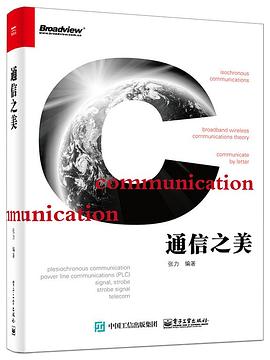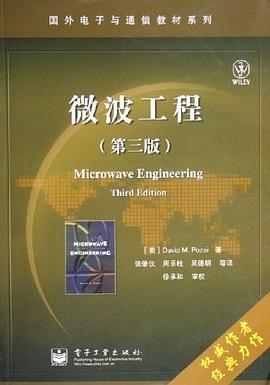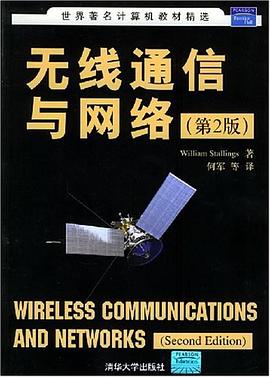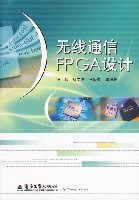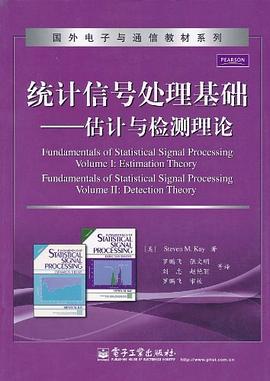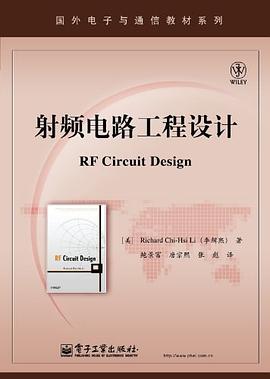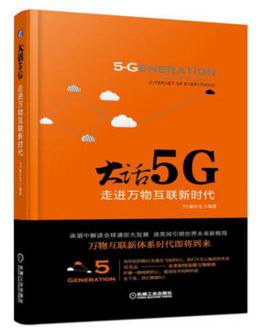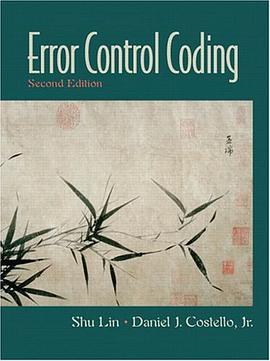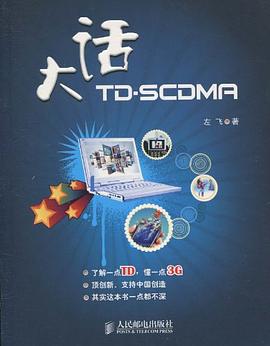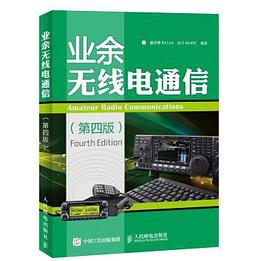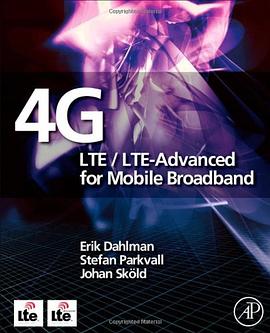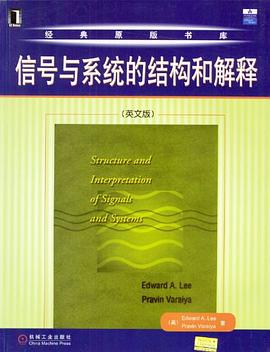

1 signals and systems 1
1.1 signals 2
1.1.1 audio signals 3
probing further: household electrical
power 7
1.1.2 images 9
1.1.3 video signals 11
probing further: color and light 12
1.1.4 signals representing physical
attributes 15
1.1.5 sequences 16
1.1.6 discrete signals and sampling 18
1.2 systems 23
1.2.1 systems as functions 24
1.2.2 telecommunications systems 25
probing further: wireless
communication 27
probing further:leo telephony 28
probing further: encrypted speech 32
.1.2.3 audio storage and retrieval 33
1.2.4 modem negotiation 34
1.2.5 feedback control systems 35
1.3 summary 40
2 defining signals
and systems 45
2.1 defining functions 46
2.1.1 declarative assignment 47
2.1.2 graphs 48
probing further:relations 50
2.1.3 tables 51
2.1.4 procedures 52
2.1.5 composition 53
2.1.6 declarative versus imperative 56
probing further:declarative interpretation
of imperative definitions 57
2.2 defining signals 59
2.2.1 declarative definitions 59
2.2.2 imperative definitions 60
2.2.3 physical modeling 61
probing further:physics of a tuningfork 61
2.3 defining systems 63
2.3.1 memoryless systems and systems
with memory 63
2.3.2 differential equations 65
2.3.3 difference equations 66
2.3.4 composing systems by using block
diagrams 68
basics:summations 69
probing further: composition of graphs 71
2.4 summary 74
interview: panos antsaklis 83
3 state machines 85
3.1 structure of state machines 86
3.1.1 updates 87
3.1.2 stuttering 88
3.2 finite-state machines 90
3.2.1 state transition diagrams 90
3.2.2 update table 96
3.3 nondeterministic state machines 100
3.3.1 state transition diagram 100
3.3.2 sets and functions model 103
3.4 simulation and bisimulation 106
3.4.1 relating behaviors 112
3.5 summary 115
4 composing state
machines 123
4.1 synchrony 123
4.2 side-by-side composition 125
4.3 cascade composition 128
4.4 product-form inputs and outputs 132
4.5 general feed-forward composition 135
4.6 hierarchical composition 138
4.7 feedback 139
4.7.1 feedback composition with no
inputs 140
4.7.2 state-determined output 145
4.7.3 feedback composition with
inputs 149
4.7.4 constructive procedure for feedback
composition 153
4.7.5 exhaustive search 156
probing further: constructive semantics 157
4.7.6 nondeterministic machines 158
4.8 summary 158
interview: gerard berry 166
5 linear systems 169
5.1 operation of an infinite-state machine 170
basics:functions yielding tuples 172
5.1.1 time 173
basics:matrices and vectors 174
basics:matrix arithmetic 175
5.2 linear functions 176
5.3 the [a,b,c,d] representation of a discrete
linear system 179
5.3.1 impulse response 181
5.3.2 one-dimensional siso systems 183
5.3.3 zero-state and zero-input
response 188
5.3.4 multidimensional siso systems 191
5.3.5 multidimensional mimo
systems 199
probing further: impulse responses of mimo
systems 200
5.3.6 linear input-output function 201
5.4 continuous-time state-space models 201
probing further: approximating
continuous-time systems 202
5.5 summary 203
6 hybrid systems 209
6.1 mixed models 211
6.2 modal models 213
6.3 timed automata 216
probing forther: internet protocols 224
6.4 more interesting dynamics 226
6.5 supervisory control 231
6.6 formal model 237
6.7 summary 239
interview: pr. kumar 244
7 frequency domain 247
7.1 frequency decomposition 248
basics: frequencies in hertz and radians 248
basics: ranges of frequencies 249
probing further: circle of fifths 251
7.2 phase 253
7.3 spatial frequency 254
7.4 periodic and finite signals 255
7.5 fourier series 258
probing further: uniform convergence of the
fourier series 262
probing further: mean square convergence
of the fourier series 263
probing further: dirichlet conditions for
validity of the fourier series 263
7.5.1 uniqueness of the fourier series 265
7.5.2 periodic, finite, and aperiodic
signals 266
7.5.3 fourier series approximations to
images 266
7.6 discrete-time signals 268
7.6.1 periodicity 268
basics: discrete-time frequencies 269
7.6.2 the discrete-time fourier series 270
7.7 summary 270
8 frequency response 277
8.1 ltl systems 278
8.1.1 time invariance 278
8.1.2 linearity 283
8.1.3 linearity and time invariance 286
8.2 finding and using the frequency
response 289
8.2.1 linear difference and differential
equations 292
basics: sinusoids in terms of complex
exponentials 294
tips and tricks:phasors 294
8.2.2 the fourier series with complex
exponentials 301
probing further: relating dfs
coefficients 303
8.2.3 examples 304
8.3 determining the fourier series
coefficients 305
probing further: formula for fourier series
coefficients 306
probing further: exchanging integrals and
summations 307
8.3.1 negative frequencies 307
8.4 frequency response and the fourier
series 307
8.5 frequency response of composite
systems 309
8.5.1 cascade connection 309
8.5.2 feedback connection 311
probing further: feedback systems are
lti 312
8.6 summary 315
interview:dawn tilbury 323
9 filtering 325
9.1 convolution 328
9.1.1 convolution sum and integral 328
9.1.2 impulses 332
9.1.3 signals as sums of weighted delta
functions 333
9.1.4 impulse response and
convolution 335
9.2 frequency response and impulse
response 338
9.3 causality 342
probing further: causality 342
9.4 finite impulse response filters 343
9.4.1 design of fir filters 346
9.4.2 decibels 349
probing further:decibels 350
9.5 infinite impulse response (iir) filters 351
9.5.1 designing iir filters 352
9.6 implementation of filters 355
9.6.1 matlab implementation 355
probing further:joua implementation of an
htr filter 356
probing further: programmable dsp
implementation of an fir filter 357
9.6.2 signal flow graphs 358
9.7 summary 361
lo the four fourier
transforms 369
10.1 notation 370
10.2 the fourier series 370
probing further: showing inverse
relations 372
10.3 the discrete fourier transform 376
10.4 the discrete-time fourier transform 380
10.5 the continuous-time fourier
transform 383
10.6 fourier transforms versus fourier
series 385
10.6.1 fourier transforms of finite
signals 385
10.6.2 fourier analysis of a speech
signal 387
10.6.3 fourier transforms of periodic
signals 390
10.7 properties of fourier transforms 393
10.7.1 convolution 393
probing further:multiplying
signals 398
10.7.2 conjugate symmetry 399
10.7.3 time shifting 401
10.7.4 linearity 404
10.7.5 constant signals 405
10.7.6 frequency shifting and
modulation 407
10.8 summary 408
interview:jeff bier 422
il sampling and
reconstruction 425
11.1 sampling 425
11.1.1 sampling a sinusoid 426
basics: units 426
11.1.2 aliasing 426
11.1.3 perceived pitch experiment 428
11.1.4 avoiding aliasing ambiguities 431
probing further: antialiasing for fonts 432
11.2 reconstruction 433
11.2.1 a model for reconstruction 434
probing further:sampling 437
probing further: impulse trains 438
11.3 the nyquist-shannon sampling
theorem 438
11.4 summary 442
12 stability 447
12.1 boundedness and stability 450
12.1.1 absolutely summable and absolutely
integrable 450
12.1.2 stability 452
probing further:stable systems and their
impulse response 453
12.2 the z transform 456
12.2.1 structure of the region of
convergence 458
12.2.2 stability and the z transform 463
12.2.3 rational z tranforms and poles and
zeros 463
12.3 the laplace transform 467
12.3.1 structure of the region of
convergence 469
12.3.2 stability and the laplace
transform 472
12.3.3 rational laplace tranforms and
poles and zeros 474
12.4 summary 475
intervlew: xavier rodet 481
13 laplace and z
transforms 483
13.1 properties of the z tranform 485
13.1.1 linearity 485
13.1.2 delay 488
13.1.3 convolution 489
13.1.4 conjugation 490
13.1.5 time reversal 491
probing further: derivatives of z
transforms 491
13.1.6 multiplication by an exponential 492
13.1.7 causal signals and the initial value
theorem 493
13.2 frequency response and pole-zero
plots 494
13.3 properties of the laplace transform 497
13.3.1 integration 497
13.3.2 sinusoidal signals 499
13.3.3 differential equations 500
13.4 frequency response and pole-zero plots,
continuous time 501
13.5 the inverse transforms 503
13.5.1 inverse z transform 503
13.5.2 inverse laplace transform 512
probing further: inverse transform as on
integral 514
probing further:differentiation property of
the laplace transform 515
13.6 steady-state response 515
13.7 linear difference and differential
equations 519
13.7.1 lti differential equations 525
13.8 state-space models 530
13.8.1 continuous-time state-space
models 535
13.9 summary 541
14 composition and feedback
control 549
14.1 cascade composition 550
14.1.1 stabilization 550
14.1.2 equalization 551
14.2 parallel composition 557
14.2.1 stabilization 558
14.2.2 noise cancelation 559
14.3 feedback composition 562
14.3.1 proportional controllers 564
14.4 pid controllers 574
14.5 summary 580
a sets and functions 589
a. 1 sets 589
a.1.1 assignment and assertion 591
a.1.2 sets of sets 592
a.1.3 variables and predicates 592
probing further:predicates in matlab 593
a.1.4 quantification over sets 594
a.1.5 some useful sets 596
a.1.6 set operations: union, intersection,
complement 597
a.1.7 predicate operations 597
a.1.8 permutations and combinations 599
basics: tuples, strings, and sequences 600
a.1.9 product sets 601
a.1.10 evaluating an expression 605
a.2 functions 608
a.2.1 defining functions 610
a.2.2 tuples and sequences as
functions 610
a.2.3 function properties 611
probing further:infinite sets 612
probing further:even bigger sets 613
a.3 summary 614
b complex numbers 619
b.1 imaginary numbers 619
b.2 arithmetic of imaginary numbers 621
b.3 complex numbers 622
b.4 arithmetic of complex numbers 622
b.5 exponentials 624
b.6 polar coordinates 626
basics: from cartesian to polar
coordinates 627
symbols 635
index 637
· · · · · · (收起)
具體描述
“這部著作的確展現瞭信號與係統在當前研究和應用範圍內的核心地位。”
——Ravi Mazumdar,普度大學
“Lee和Varaiya在富有建設性的重大課程改革中邁齣瞭大膽的一步。他們采用瞭革命性的方法,而不是逐步改動,這也正是我們所需要的。”
——Theodore Djaferis,馬薩諸塞大學
“這部著作是相關主題中最好的,它在內容和錶述風格上都是革命性的。”
——Ratnesh Kumar,肯塔墓隊學
本書結閤加州大學伯剋利分校多年成功授課的經驗而編寫,對信號與係統進行瞭深刻與清晰的剖析,力求反映當今數字化世界的成果。所用實例包含聲音和圖像處理,取代以前的枯燥電路,從而激發讀者的興趣去瞭解應用背後的理論知識。
本書的配套Web站點(WWW.aw.com/lee_varaiya)包括擴充的實驗材料,可幫助讀者跨越理論與實踐之間的障礙。另外,還提供瞭更多內容,包括聲音和圖像交互式操作的Java小程序,幫助讀者更加直觀地理解書中內容。
本書適閤作為電子工程、計算機工程。計算機科學等專業的教材。
用戶評價
EE通信專業說明書,用代數的辦法定義諸如SM的概念很新穎,配套實驗值得一看
評分EE通信專業說明書,用代數的辦法定義諸如SM的概念很新穎,配套實驗值得一看
評分EE通信專業說明書,用代數的辦法定義諸如SM的概念很新穎,配套實驗值得一看
評分EE通信專業說明書,用代數的辦法定義諸如SM的概念很新穎,配套實驗值得一看
評分EE通信專業說明書,用代數的辦法定義諸如SM的概念很新穎,配套實驗值得一看
評分EE通信專業說明書,用代數的辦法定義諸如SM的概念很新穎,配套實驗值得一看
評分EE通信專業說明書,用代數的辦法定義諸如SM的概念很新穎,配套實驗值得一看
評分EE通信專業說明書,用代數的辦法定義諸如SM的概念很新穎,配套實驗值得一看
評分EE通信專業說明書,用代數的辦法定義諸如SM的概念很新穎,配套實驗值得一看
相關圖書
本站所有內容均為互聯網搜尋引擎提供的公開搜索信息,本站不存儲任何數據與內容,任何內容與數據均與本站無關,如有需要請聯繫相關搜索引擎包括但不限於百度,google,bing,sogou 等
© 2025 book.teaonline.club All Rights Reserved. 圖書大百科 版權所有


